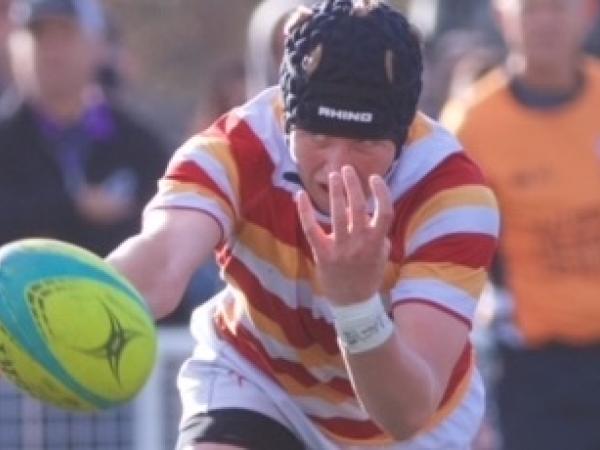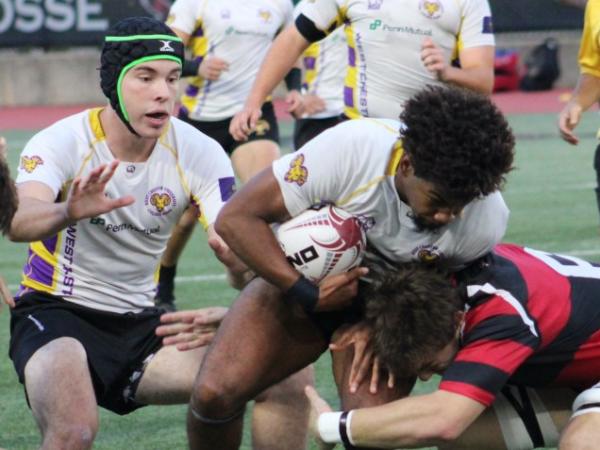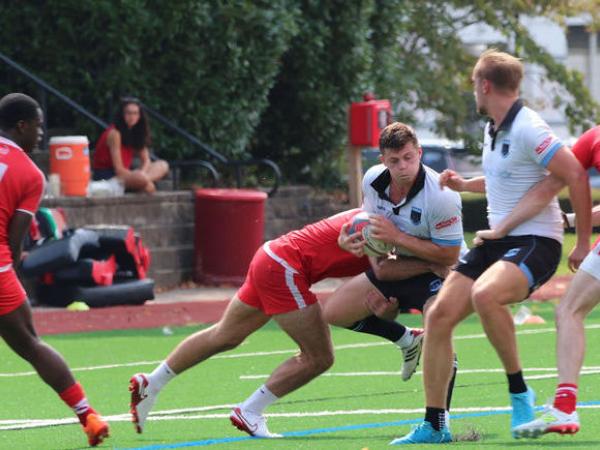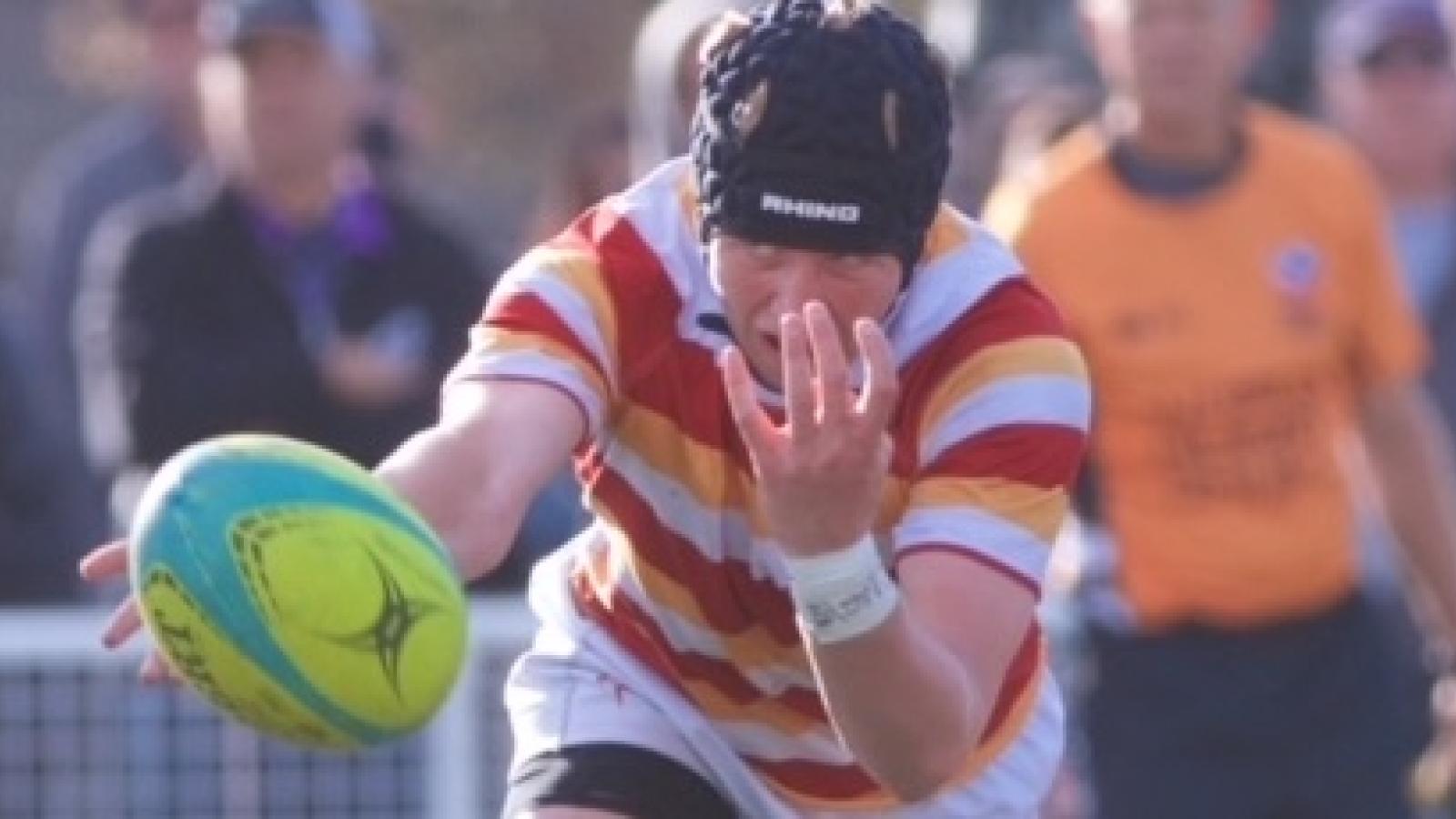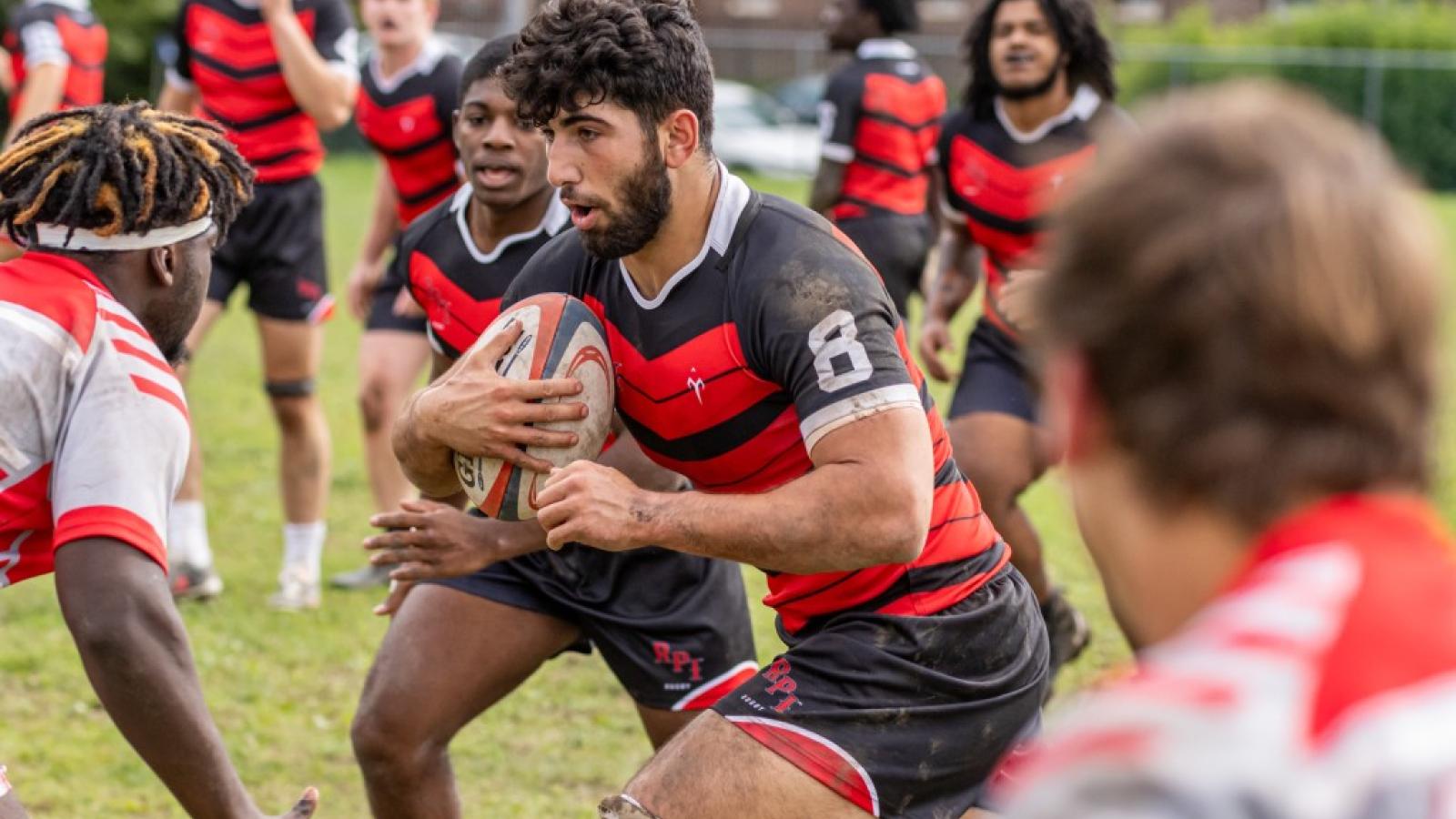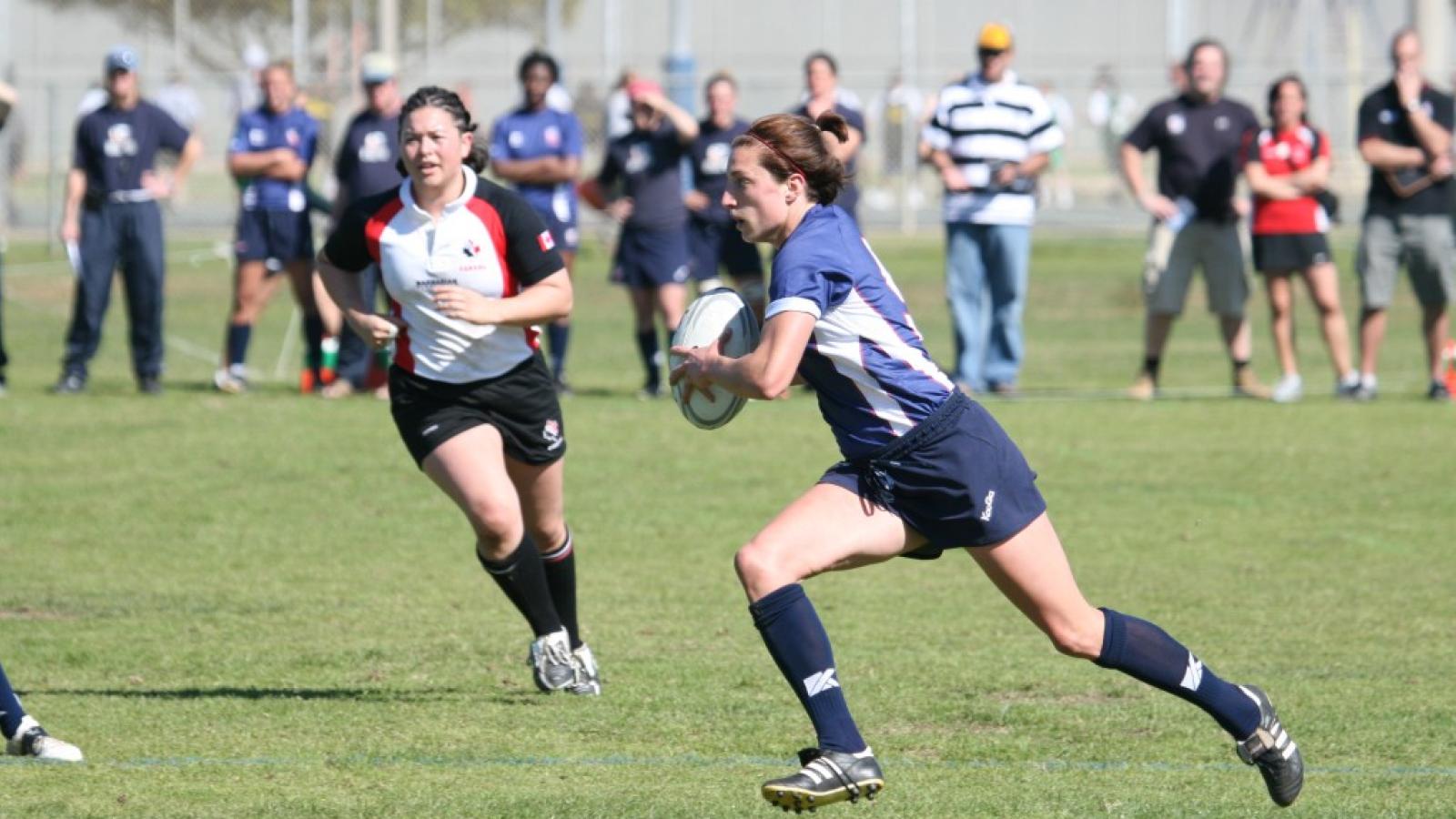This is an opinion column by Alex Goff
So the high-profile 7s of the CRC and the Elite City 7s is over and done.
I’ve watched a lot of this kind of 7s over the years, and I feel moved to give everyone some advice. This is mainly targeted at young players, but I know plenty of older players who can benefit from this wisdom, also.
1. Pass for the man (or woman). I have written about this before. I can’t stress it enough. When you pass to a teammate, pass in such a way that they ideally don’t have to break stride, or at least only have to slow down a bit. Definitely avoid passing so they have to stop, turn around, or back-track.
The amount of passes I have seen of late that force players to stop is upsetting in the extreme.
2. Learn to kick. No, I don’t mean the drop kick restarts or conversions, that’s a useful skill but not one that is needed by every player. I mean, when you are running, and it looks like you might need to kick a grubber or a chip kick, on the run, to get by an opponent. Learn that. It’s one of those skills you can learn on your own with just a little space and a rugby ball. (And you, of course.)
3. Decide what to do on a 2-on-1 right now. The 2-on-1 is the Holy Grail of 7s rugby. You have that, you should score. But many times we see this most beautiful of scoring opportunities squandered. Why? Well often a player isn’t sure when to pass, he hesitates, just as he and the one defender are closing fast. He thinks maybe he needs to make the perfect pass, just before the defender tackles him. Most of the time, the ballcarrier in this instance passes too late. Ball dropped, ball behind the support guy. Ballcarrier tackled.
Or … the support runner is so anxious - he knows he’s going to score if he gets the pass - that he creeps up too close. Now the ballcarrier has to give a perfect pass for the movement to work, whereas if our support runner had stayed a little deeper, any pass from flat to angled backward would have worked.
Or … the ballcarrier (and I see this way, way, way too often) thinks that a simple draw and pass is so been-there. So he dummies, but … the defender doesn’t take the dummy, and tackles our ballcarrier anyway. So I guess 3b is, if you fake a pass, make sure someone bought the fake. If they didn’t … pass the ball.
So to summarize - it’s OK to pass a little earlier, as long as the defender was turned his hips toward you, support runners stay deep, and make sure a fake actually fakes someone out.
4. When a ballcarrier is near the sideline and you are on the wing, and the ballcarrier starts angling out to the sideline more, he wants you to cut back inside for a switch pass. Staying on the outside only gets you both in trouble.
5. When a defender slides on the ground to gather a rolling ball, you have to wait for him to get back up before you tackle him. If he’s on the ground and you dive on top of him, you get penalized. This is a fact. Nothing you can say, do, or think will change this truth of rugby nature. And I see this mistake made at high school, college, club, all-star, and international level.
6. When you are receiving a kickoff, don’t let the ball hit the ground.
7. In every jaw-dropping team try - the kind of try that makes your opposition’s fans stand up and applaud, there is always one player whose main contribution was to receive the ball and quickly and smoothly pass it to another player. That’s all he did, but that move made the try.
So many players take a pass and make a move or change direction or try something else, when all he or she needs to do is catch the ball, thus forcing the defense to pay attention to him or her, and then pass the ball to someone the defense is not paying attention to.
Easy.
8. Mould your mouthguard properly so it stays stuck to your upper jaw even when you open your mouth.
9. Those tiny socks that just cover your feet and don’t cover your ankle or calf? Those are girls socks.
10. Learn to pass while on a dead run to the right and the left. This also is a skill you can practice on your own. Start with the right hand, elbow, and body position, and then work to get more distance each time. Work on distance and accuracy, and think about maintaining your balance.
11. Finally. Everyone seems to run the same stupid penalty play, in which the scrum half taps the ball, runs left, then changes direction and runs right, and then passes to someone. From tap to pass is usually about three seconds, during which time your main advantage - the defense being ten meters away - has vanished. Here’s a thought - tap the ball and pass to a really fast guy (ahem, USA). Or, tap the ball and pass to a big scary guy running full steam ahead with a guy in support. Go ahed, try it. It might just work.













